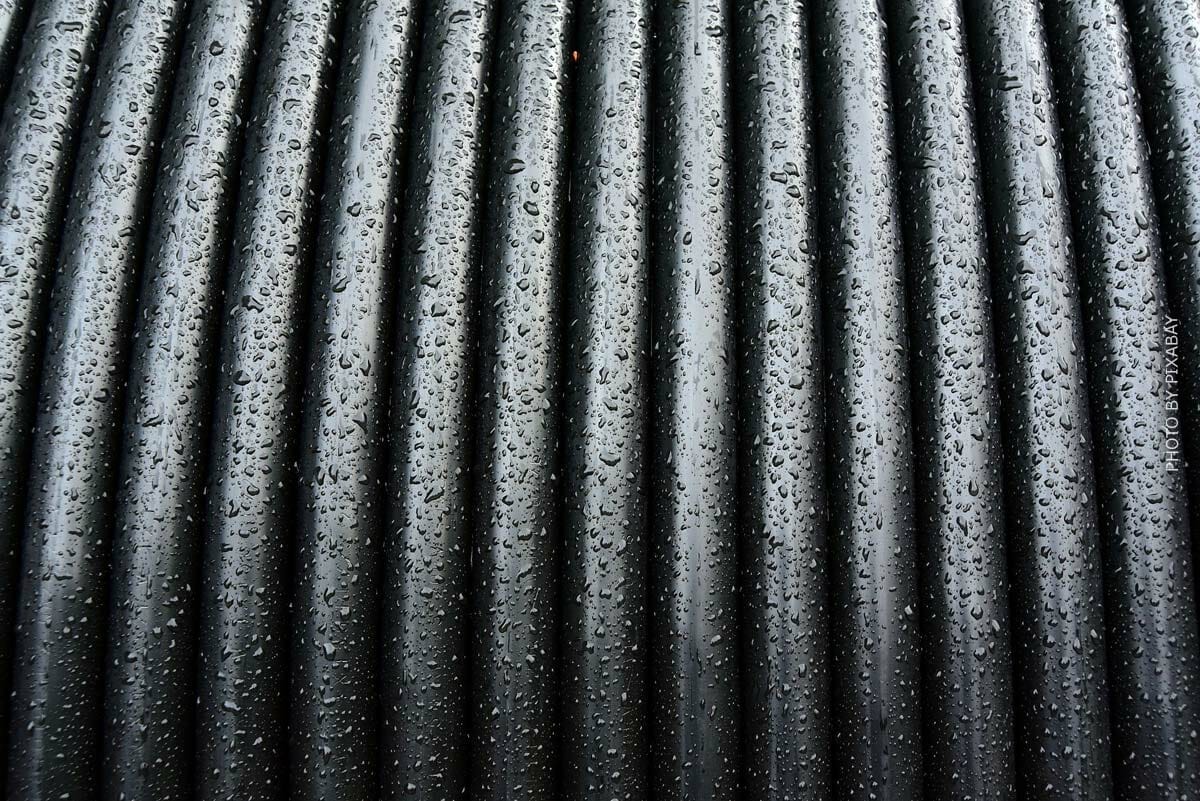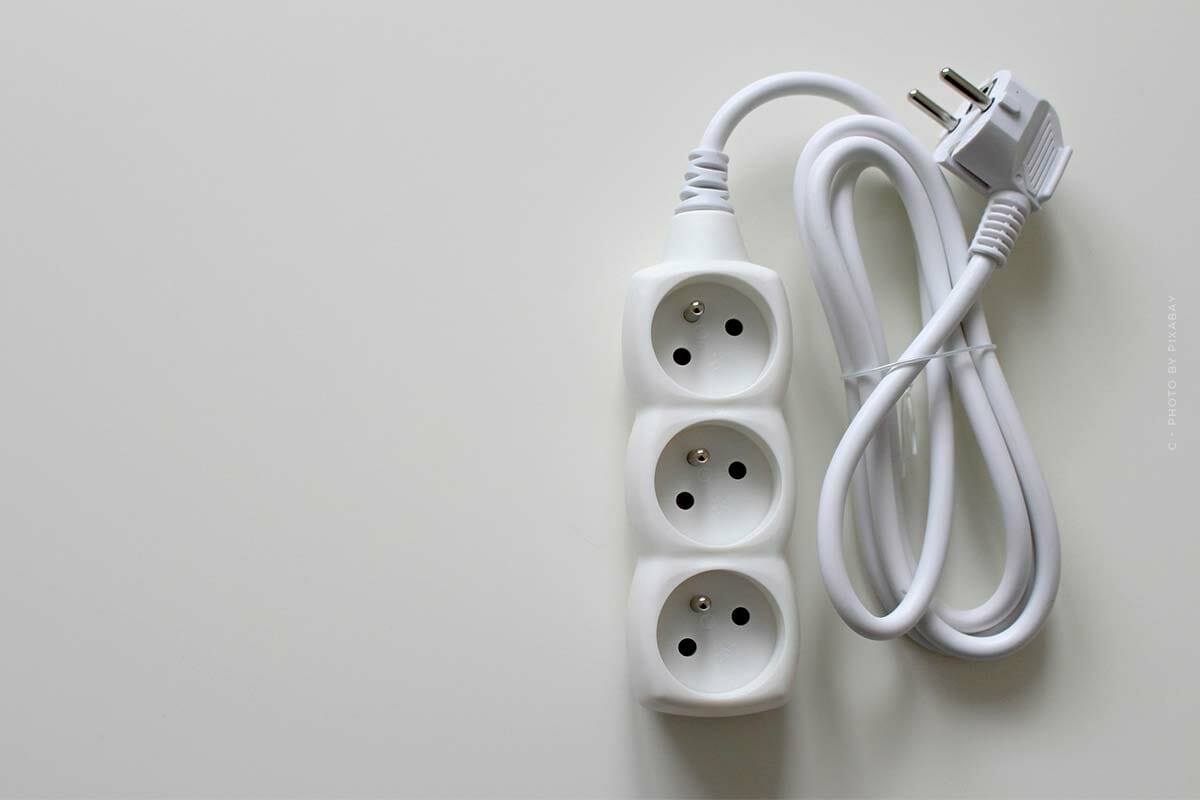Battery – Before you go camping, the most important thing is electricity. It is not always possible to have a power column nearby, especially on longer journeys. The starter battery is just enough for the most necessary functions in the driver’s cab. The television in the Caravan or Camper would overload them too much. This is exactly why it is important to find out about the different models in advance.
You are Camping beginners ? Read everything about the basics of packing lists, routes, costs, tips & Co.
Gel, AGM & liquid batteries: which battery do I need?
Another model is the on-board battery. A model that is designed for cyclical loading is generally recommended as an on-board battery. A distinction is made between two types. On the one hand there are batteries with bound electrolyte in gel or AGM design. These are leak-proof and maintenance-free for their entire service life. On the other hand, there are classic liquid / acid batteries, which can achieve high cycle stability under the required charging conditions. In comparison, gel batteries achieve the same rapid discharge provided that they are subsequently charged directly. AGM batteries have higher performance despite higher charge / discharge currents with the same box size.
Starter battery vs. board battery: When do I need what?
The starter and on-board batteries have different functions, but both are available on almost every motorhome. While the starter battery can be used to supply the driver’s cab with electricity, the on-board battery serves as an energy source for all other consumers.
The starter battery, which is located in the engine compartment, supplies all consumers in the driver’s cab such as lights, radio, starter and accessories with electricity. When starting, a high current is drawn from the battery for a very short time. As soon as the engine is running, everything is supplied by the alternator and no more electricity is drawn. That’s why the battery is made to deliver hundreds of amps within a few seconds. With its flat cycle, it ensures a maximum discharge of 10-20 percent of its capacity.
Everything else in the motorhome body such as light, water pump, television, satellite system is supplied with electricity from an on-board battery. This is required if there is no power connection nearby and you need electricity for a longer period of time. their job is to deliver a few amps for many hours. accordingly, these batteries have a deep cycle and discharge 50 to 80 percent of their capacity.
Lifespan: You have to pay attention to this!
Who doesn’t know it? Batteries are arguably the first thing to give out after long or excessive / improper use. Whether cell phone, car or the remote control. Here, too, the battery capacity is not a little tight. The problem can be solved by connecting several batteries in parallel, thus increasing its capacity. It is important that these all correspond to the same type of construction (gel, AGM etc.) and have the same capacity. In addition, no new battery should be connected to an old battery!
Battery capacity: utilize maximum
At the beginning we noticed the higher cycle stability of the maintenance-free gel and AGM batteries. Nevertheless, certain charging conditions and operating states must be met in order to obtain the advantage.
These requirements have the advantage:
- Chargers used must be designed for the type of battery
- Desulfator guarantees optimal operational reliability / service life
- Aim for as little discharge as possible
- Avoid deep discharge (protection through undervoltage protection)
The chargers, charge boosters and solar regulators used must be designed for the respective battery type in order to achieve full charge and to avoid a partially charged battery condition and the associated sulfation. In addition, a desulfator guarantees optimum operational reliability and a long service life. In addition, one should also note that regardless of the type of battery, if the battery is not used carefully, the service life of the battery will be reduced many times over. So you should be careful to avoid deep discharge with the help of undervoltage protection. When discharging, however, this should be kept as low as possible.
Reading tips! Electricity for outdoor camping
Alternatively, you can find other interesting articles on the subject of electricity supply when camping, which you can read through for useful and helpful tips and information.
CEE plug: power connection on the campsite
Nowadays people usually travel with a little more luxury, which of course also requires electricity. However, you need the right connection to get electricity on the campsite. The plugs and power connections on campsites have been standardized across Europe and are usually immediately noticeable due to their blue color. Therefore, you should make sure that you have such a connection or have a corresponding adapter with you. Here you can find out everything you need to know about the CEE plug!
Cable drum: advantages & regulations on the campsite
If you have a cable reel, you don’t have to worry about the nearest power outlet, as you can easily plug in your devices from your car when needed. Especially if you are traveling with children, a cable reel will make your time a lot easier if you want to inflate the mattresses as quickly as possible after a long day at the campsite or have to charge the cell phones. So read more about cable reels for on the go here.
Extension cable: power connection for several devices
You don’t have a socket in your camper or you want to charge several devices at the same time? Most of the time, the car battery is too weak to keep several devices running. To avoid sitting there with an engine that won’t start, you should get an extension cable so that you can easily reach the available socket on the campsite and use all of your electronic devices. Read everything you need to know about the right extension cable for camping!











